Proximity sensors are used across a broad range of industrial and manufacturing applications. They’re used to sense the presence of objects or materials and then either initiate some action or simply flag their presence or absence. Key to their operation is that they don’t require physical contact with the target or object being sensed. This is why they’re often called non-contact sensors.
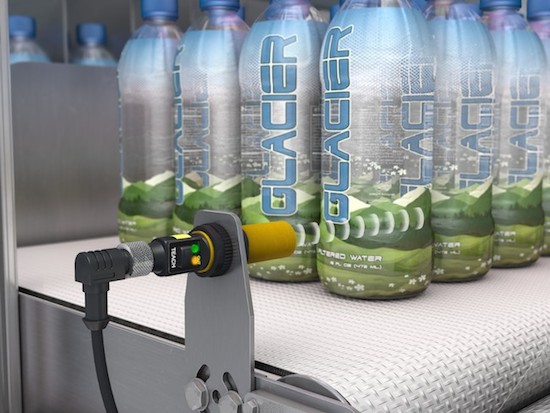
There are a number of common sensing techniques employed in proximity sensors. These techniques serve to categorize sensor types in addition to other ways such as the material to be detected or the environmental conditions best suited for that sensor type.
The most common types of proximity sensors are briefly described below:
Capacitive – as the name indicates, these sensors operate by noting a change in the capacitance, capacitance being a function of both electrical charge and voltage between two surfaces with either an air gap or some other material between them, which is the dielectric constant. When an object to be detected enters the field of the sensor, it effects the dielectric and thus changes the capacitance, which is sensed as a change.
Inductive – these types of sensors are based on changing inductance, which is a measure of the ability of inducing a voltage in a conductor as a result of a changing current in a different conductor. Inductive sensors work with metallic objects because these have inductive properties, so can’t be used to detect plastic, for instance.
Also, the type of material sensed will influence the sensing distance. For example, ferromagnetic materials like steel generally have the longest sensing distances, whereas other metals such as aluminum or copper have much shorter sensing distances.
Photoelectric – these sensors operate on the basis of light, dependent on a change in the amount of light available to a detector in the sensor. There are two basic types of photoelectric sensor; reflective, and through-beam. Reflective sensors work by emitting a beam of light that strikes the object and is reflected back to the detector, usually in the same physical housing as the emitter beam. Through-beam sensors, on the other hand, have two separate units, an emitter or source of light and a separate receiver or detector. When an object breaks the light beam, the detector registers this break.
Ultrasonic – these sensors use sound waves to detect objects. They emit a high frequency sound wave (higher than human ears can detect) and when it strikes an object it’s reflected back to the sensor where the distance of the object can be calculated based on the time required for it to return. They’re used in applications to measure distance of objects, such as in automotive park-assist functions, and in bottling and filling applications to detect fluid levels.
Upcoming posts will look at each type of proximity sensor in greater detail.

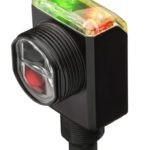
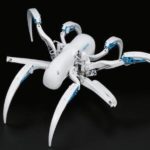
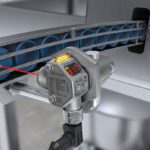
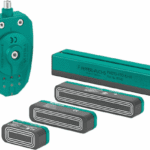

Leave a Reply
You must be logged in to post a comment.